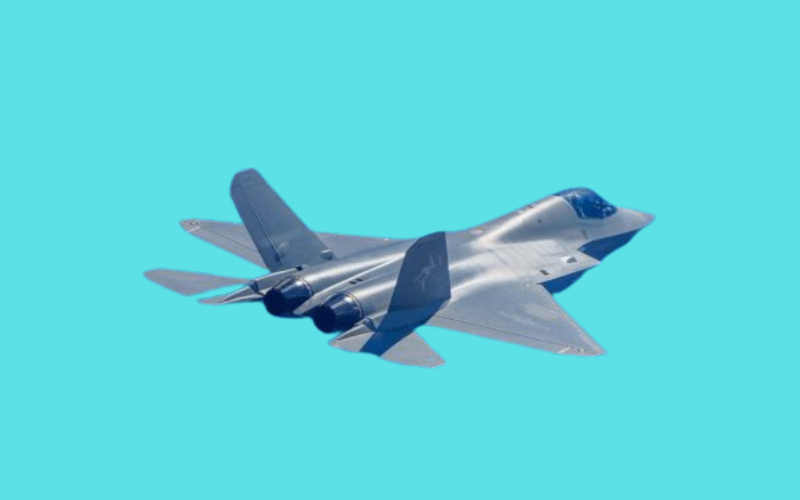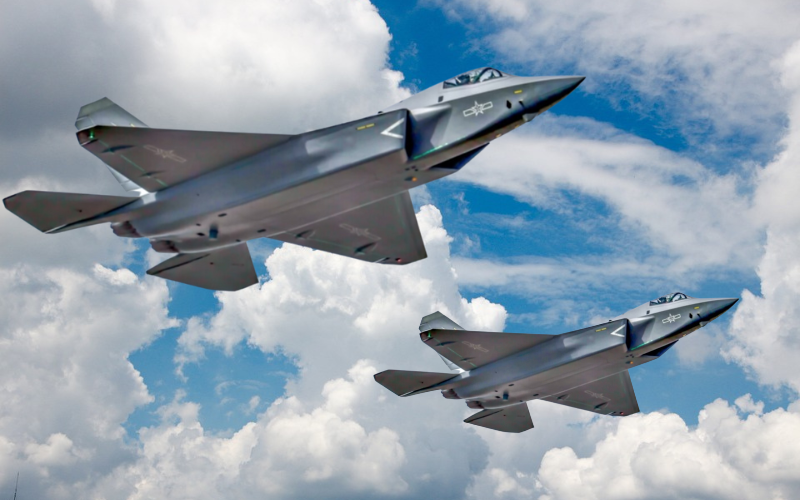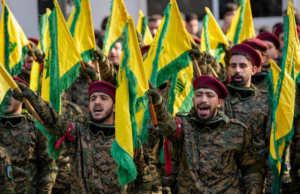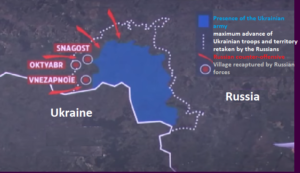J-35A vs. F-35: What China’s Latest Stealth Fighter Means for Global Air Power Dynamics
China recently unveiled the J-35A fighter jet, showcasing it during an air demo practice flight at the Zhuhai Air Show. With its entry into service, this fifth-generation stealth fighter positions China as a direct competitor to the United States’ F-35. But how does the J-35A compare to the F-35, and what does its deployment signify for global military power?

In this article, we’ll dive into the specifications of the J-35A, compare it to the F-35, and explore its potential impact on the balance of air power between the U.S. and China.
Table of Contents
J-35A: China’s Fifth-Generation Fighter Jet
The J-35A is a mid-sized stealth fighter based on the naval J-35, itself derived from the FC-31 project initially designed for export a decade ago. While it shares some similarities with the U.S. F-35, it also boasts unique features tailored to China’s strategic needs.
Key Specifications of the J-35A
- Engines: Two smaller engines, compared to the F-35’s single, powerful engine.
- Range: Shorter than the F-35 due to a slimmer profile and reduced fuel capacity.
- Weapon Bays: Similar in size to the F-35, optimized for air-to-air combat.
- Stealth Features: Improved radar-absorbing materials and coatings, potentially rivaling earlier U.S. stealth designs.
- Sensors: Comparable nose dimensions and sensor placement to the F-35, with infrared and optical sensors for advanced detection capabilities.
The J-35A emphasizes speed and maneuverability, with a design philosophy aimed at excelling in air-to-air combat near its home territory, such as the Taiwan Strait.
Comparing the J-35A and F-35
The F-35 is a versatile, multi-role fighter known for its advanced technology and adaptability across different mission types. How does the J-35A stack up?
| Feature | J-35A | F-35 |
|---|---|---|
| Engines | Two smaller engines | Single, powerful engine |
| Range | Shorter due to less fuel capacity | Longer range for extended missions |
| Weapon Bays | Optimized for air-to-air combat | Deeper bays for heavy air-to-ground weapons |
| Stealth | Advanced coatings, smooth surfaces | Industry-leading stealth materials |
| Sensors | Infrared and optical sensors | Cutting-edge detection systems |
The F-35’s superior range and deep weapon bays make it more versatile, particularly for long-range missions. However, the J-35A’s lightweight design and focus on localized air dominance could make it a formidable adversary in a regional conflict.
Strategic Implications of the J-35A
Regional Air Superiority
The J-35A is designed to operate effectively in contested areas close to China’s borders. Its limited range reflects China’s focus on defending its airspace and projecting power near Taiwan, rather than engaging in long-distance operations.
Balance of Power
The production capacity of the J-35A and other stealth fighters like the J-20 poses a challenge to the U.S. The J-20 is already being produced at a rate of nearly 100 airframes per year, surpassing the combined delivery of all F-35 variants to the U.S. military.
Future Challenges for the U.S.
To maintain its edge, the U.S. must:
- Increase F-35 production.
- Accelerate the development of sixth-generation fighter programs.
- Ensure continued investment in advanced stealth and sensor technologies.
Statistical Overview
| Aspect | J-35A | F-35 |
|---|---|---|
| Operational Role | Air-to-air superiority | Multi-role versatility |
| Stealth Performance | Comparable to earlier U.S. models | Industry-leading |
| Annual Production | 100+ (combined with J-20) | ~85 (all F-35 variants) |
| Weapon Payload | 4 PL-15 missiles | Variety of air-to-air and air-to-ground weapons |
FAQs
What is the J-35A?
The J-35A is China’s latest fifth-generation stealth fighter jet, optimized for air-to-air combat and regional dominance.
How does the J-35A compare to the F-35?
While both are fifth-generation fighters, the J-35A focuses on air superiority with a shorter range and smaller weapon payload, whereas the F-35 is a versatile multi-role aircraft designed for global operations.
What does the J-35A mean for global military power?
The J-35A’s entry into service represents China’s growing capability in advanced military technology, potentially altering the balance of air power in the Asia-Pacific region.
When will the J-35A become fully operational?
The J-35A is expected to achieve initial operational capability within two years as training, tactics development, and production ramp up.
Conclusion
The J-35A is a significant milestone in China’s military modernization, challenging the dominance of U.S. stealth fighters like the F-35. While it may not yet match the F-35 in versatility and stealth, its rapid development and production signal a shift in global air power dynamics.
The U.S. must respond by increasing its investment in advanced technologies and maintaining its edge in air combat capabilities. In the race for air superiority, the J-35A is a reminder that the balance of power is continually evolving.














Post Comment